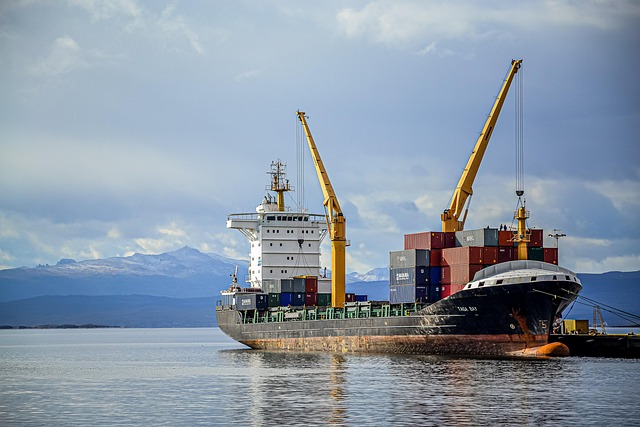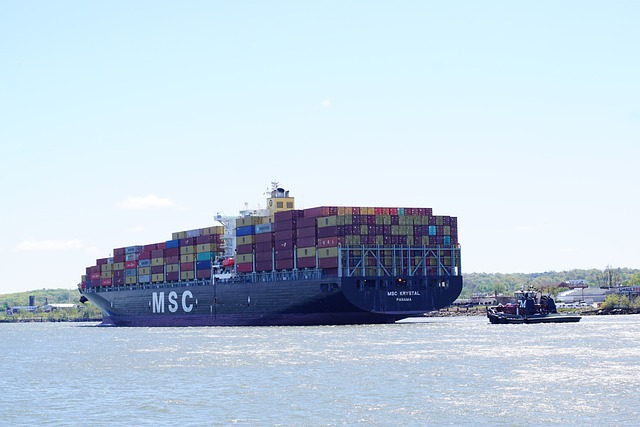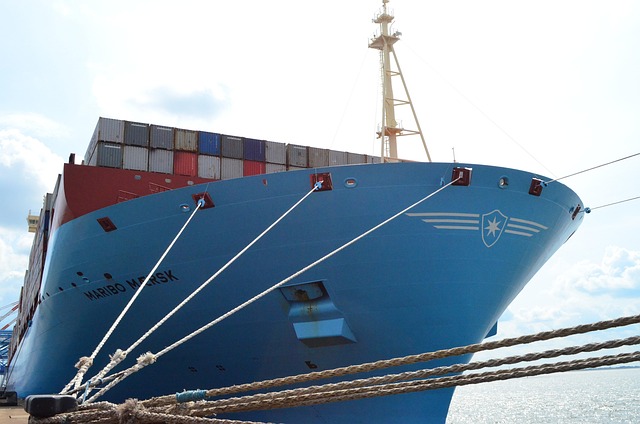Insulated containers have become indispensable across industries for maintaining product quality and safety through temperature control. Advanced insulation foams minimize fluctuations, making them ideal for transporting vaccines and perishables. These containers offer cost-effective solutions via new, used, or leased options, with custom modifications for specific needs like cold storage and shipping. The market provides various types, including EPS and PU foam, catering to diverse applications from food storage to temporary shelters. Best practices involve efficient packing, weight distribution, space utilization, and strategic selection based on dimensions, price, and intended use. Reputable dealers facilitate choices with standard to custom options and leasing services.
Insulated containers are transforming industries by revolutionizing temperature control. With advanced insulation foams, these containers offer unparalleled efficiency, ensuring goods remain at optimal temperatures during transport and storage. This article delves into the world of insulated containers, exploring their multifaceted benefits, the innovative science behind advanced insulations, different foam types, and best practices for maximizing energy efficiency. Discover how these game-changers are reshaping logistics and food preservation.
- Understanding Insulated Containers: Their Role and Benefits
- The Science Behind Advanced Insulation Foams
- Types of Insulation Foams: Properties and Applications
- Maximizing Efficiency: Implementation and Best Practices
Understanding Insulated Containers: Their Role and Benefits

Insulated containers have become indispensable in various industries due to their unique ability to maintain optimal temperatures for perishable goods. These specialized carriers offer more than just insulation; they are versatile solutions that cater to diverse needs, from food and pharmaceutical transportation to temporary storage and even as permanent structures. The role of insulated containers is pivotal, ensuring product quality, safety, and freshness throughout the supply chain.
Their benefits are multifaceted. Insulated container technology employs advanced insulation foams that provide maximum efficiency, minimizing temperature fluctuations. This is particularly crucial for maintaining the integrity of sensitive products like vaccines, perishables, or chemicals during transit. Moreover, these containers offer cost-effective solutions with options available in new, used, or leased forms. Custom modifications are also possible, allowing businesses to tailor them to specific requirements, whether it’s for cold storage, shipping, or as temporary offices and workshops.
The Science Behind Advanced Insulation Foams

The science behind advanced insulation foams is a fascinating blend of materials engineering and thermodynamics. These foams are meticulously designed to trap air pockets, creating an effective thermal barrier that significantly reduces heat transfer. The result? Insulated containers equipped with these foams maintain optimal temperatures for extended periods, ensuring the contents—be it food, pharmaceuticals, or sensitive equipment—remain at the desired state.
This advanced technology goes beyond traditional insulation methods. Modern foams are engineered to be lightweight yet robust, easy to install, and environmentally friendly. They can withstand extreme weather conditions, making them ideal for various applications, from refrigerated transport and temporary storage to permanent on-site structures like modular offices or workshops. By choosing insulated containers with these cutting-edge foams, businesses and individuals alike can leverage both performance and cost-effectiveness in their specific needs, available through reliable dealers offering new, used, or custom insulated containers for sale across the globe.
Types of Insulation Foams: Properties and Applications

Insulation foams come in various types, each with distinct properties tailored for specific applications. Polystyrene (EPS) foam is a common choice due to its lightweight nature and excellent thermal insulation capabilities. EPS containers are versatile; they can be used across industries from food storage and transportation to construction and even as temporary shelters. Another popular option is polyurethane (PU) foam, renowned for its superior compressive strength and resistance to moisture. This makes PU foam ideal for demanding applications like cold storage and insulated shipping containers.
For specialized needs, other foams like closed-cell foam offer enhanced structural integrity and better resistance against water penetration. The choice of foam depends on factors like required insulation values, environmental conditions, load-bearing capacity, and budget. Whether you’re looking to buy new or used insulated containers, rent for temporary use, or explore custom modifications like converting a standard shipping container into a refrigerated unit, the diverse range of insulation foams ensures there’s a solution to meet every demand in the vibrant insulated container market.
Maximizing Efficiency: Implementation and Best Practices

Maximizing efficiency in insulated containers begins with understanding and implementing best practices for utilization. These include proper packing techniques, ensuring maximum load distribution to avoid uneven weight and potential damage. Utilizing every inch of space effectively through strategic stacking and organizing contents can significantly enhance overall productivity.
When considering insulated containers, whether new or used, it’s crucial to factor in specific needs like dimensions, price points, and intended use (cold storage, shipping, or storage). Engaging with reputable dealers and suppliers who offer a wide range of options—from standard to custom insulated containers—can facilitate the selection process. Some even provide leasing and rental services for flexible solutions, catering to diverse industry requirements.
Insulated containers, with their advanced insulation foams, offer a game-changing solution for maximizing efficiency in various industries. By understanding the science behind these foams and implementing best practices, we can unlock significant energy savings and reduce environmental impact. The role of these containers extends beyond simple storage, transforming how we manage temperature-sensitive goods and contributing to a more sustainable future. In terms of efficiency, the possibilities are vast, and the benefits are undeniable.
